Latest

How flickering lights cause hallucinations in our brains
Scientists have solved a centuries-old mystery that could help develop new forms of non-invasive brain therapy.
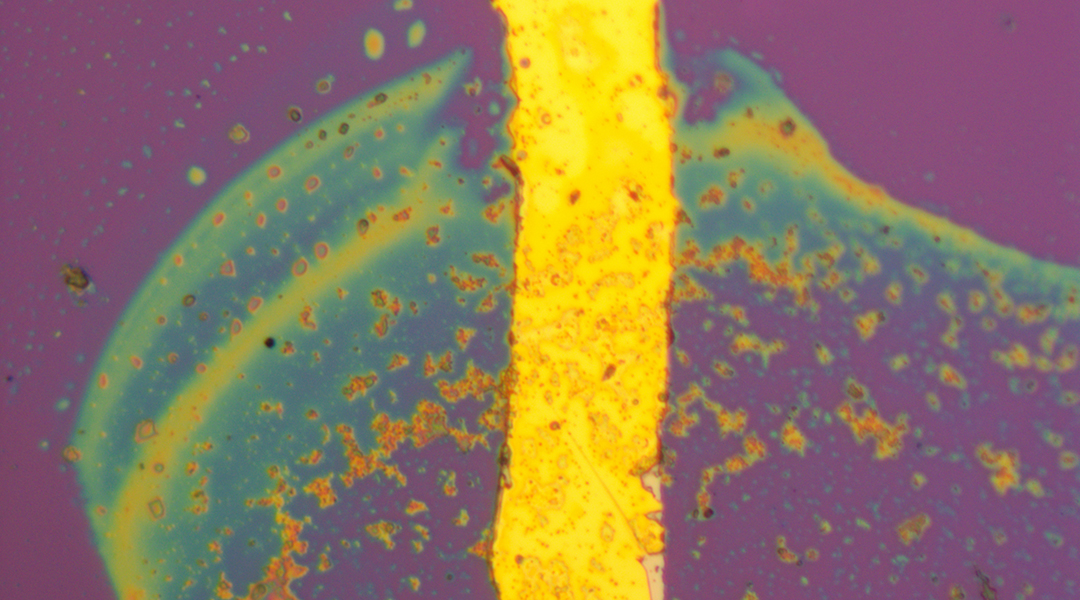
Diamond-based sensors measure temperatures on the nanoscale
Scientists have optimized nanodiamond sensors, with potential breakthroughs in electronics, medicine, and quantum tech.
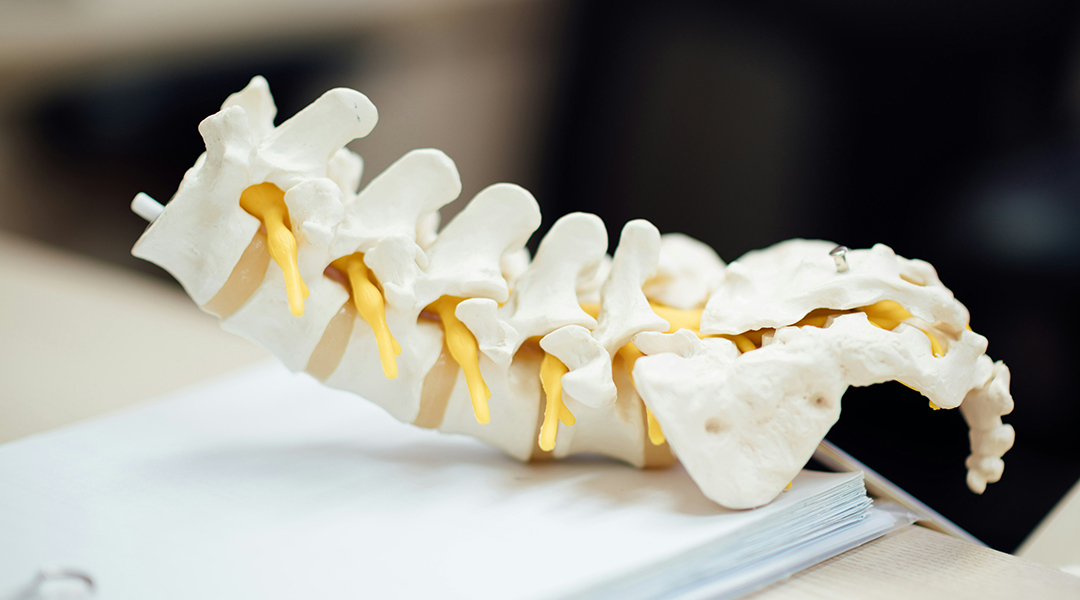
Using 3D printing to treat bone infections
A new biomaterial shows unprecedented success at eliminating bacteria that cause bone infections and promote the regrowth of injured bones.

A Big Ring in the sky challenges modern cosmology
The discovery of colossal structures like the Big Ring is reshaping established theories about the physics of the Universe.

Routine test misses 70% of gestational diabetes cases
A new study urges doctors to turn to more dependable tests to prevent the development of type II diabetes in mothers and children.

Researchers uncover a fundamental driver behind osteoarthritis
The first link between biomolecule concentration in our cartilage and the progression of osteoarthritis opens new routes for treatment.
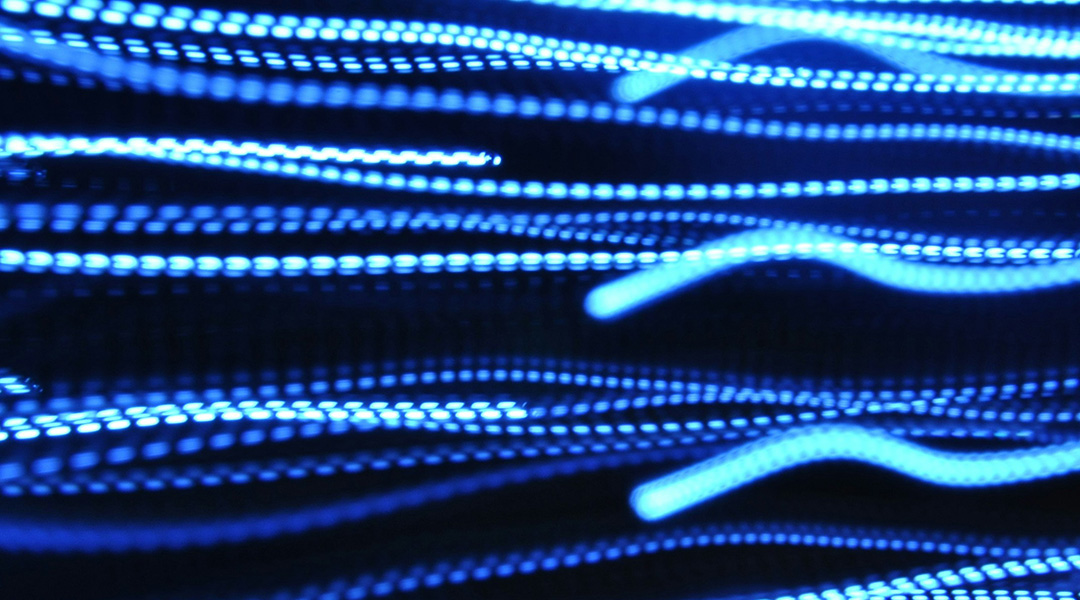
Sustainable batteries get a boost from new lithium-ion conductor
The new material rapidly transports lithium ions through its structure and could help make rechargeable lithium-ion batteries safer and more efficient.
ASN Weekly
Sign up for our weekly newsletter and receive the latest science news directly to your inbox.
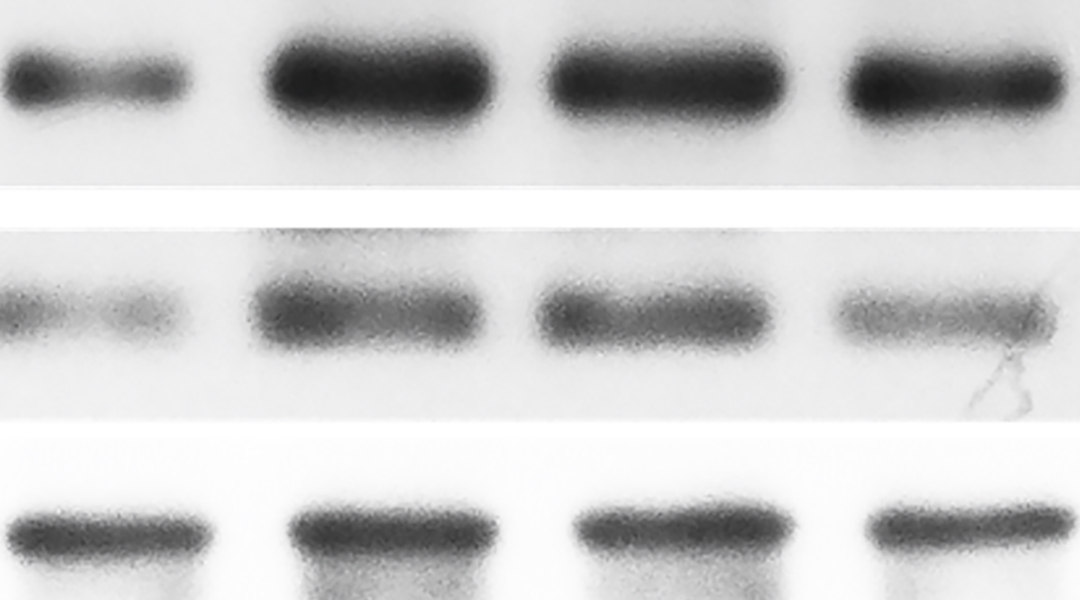
Image fraud gets a boost from AI
Deepfakes in the biomedical literature are coming, if they aren’t here already.

Our universe might have two layers
Using bilayered graphene, physicists explore the possibility that our reality is only one half of a pair of interacting worlds.

3D printing medicines at speed
Using light-based polymerization, researchers have reduced the amount of time needed to 3D print certain medicines from minutes to seconds.
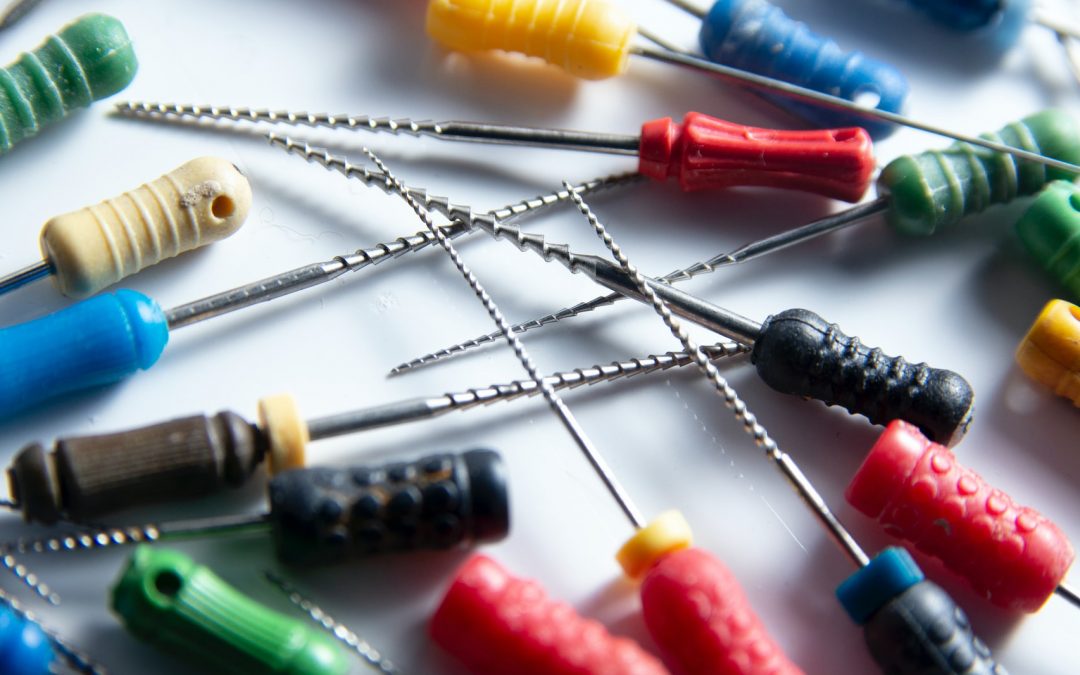
Nanobots used for better root canal treatment
Disinfecting nanobots could be the key to preventing the failure of root canal fillings post-treatment.
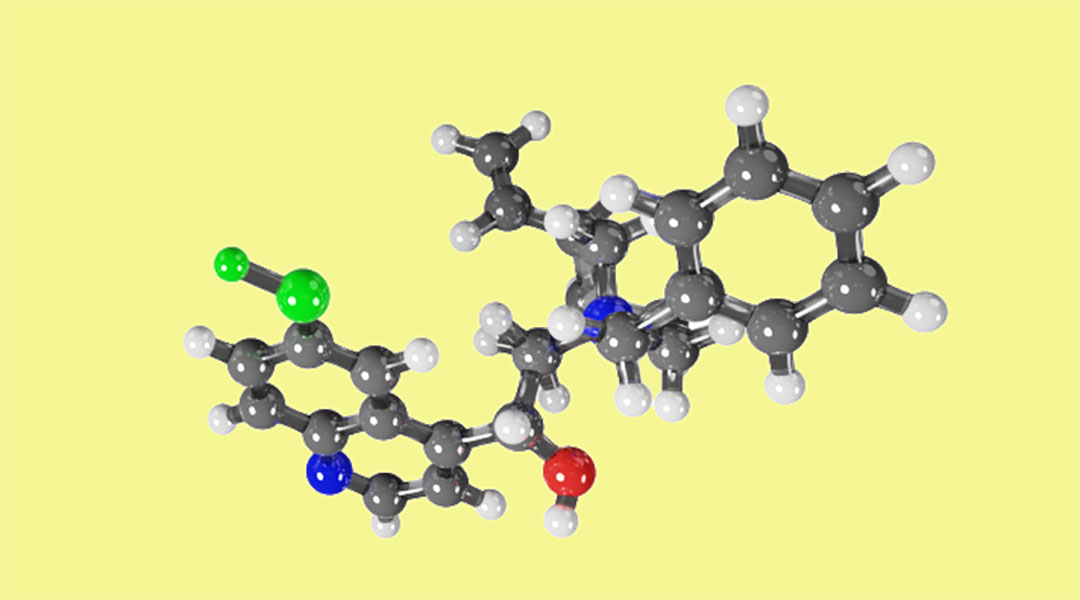
Unique insights afforded to us by computational chemistry
Though experimentation is still king in most chemists’ minds, computational chemistry has the potential to transform the field.
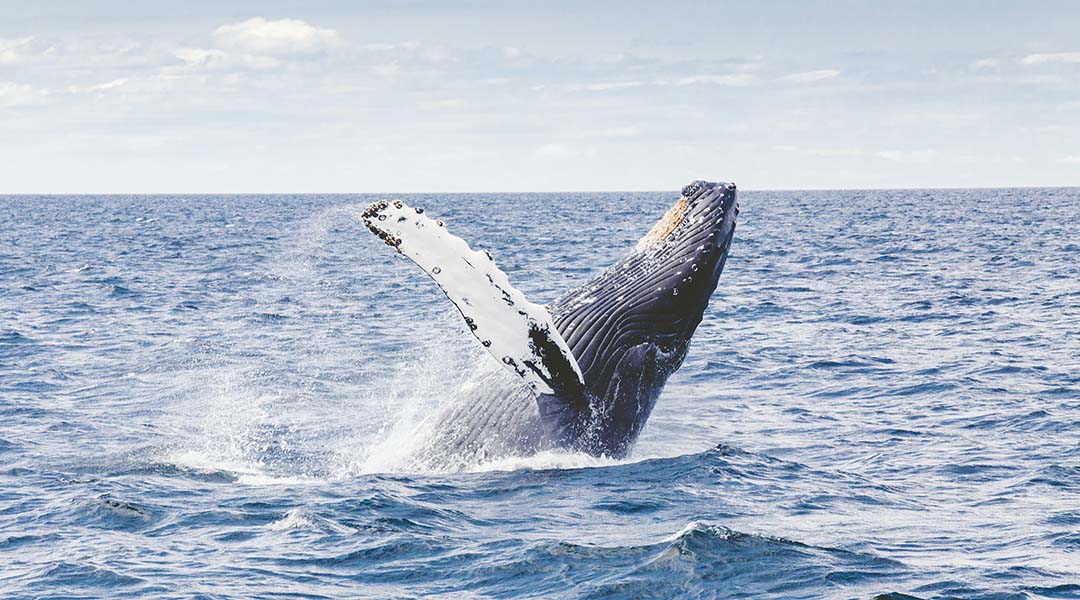
Whales are giving up singing to attract mates
As humpback whale populations increase, two decades worth of data finds they are shifting from singing to fighting as their preferred mating strategy.
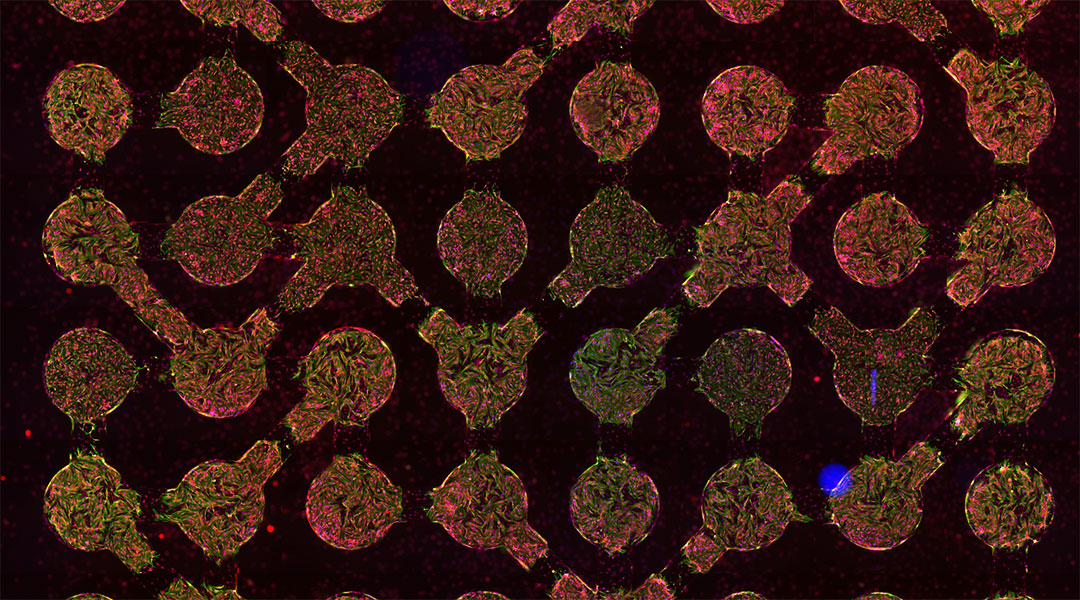
A computing system made from heart cells
A biocomputer built from connected heart cells solves computational problems with high accuracy and at a low computational cost.
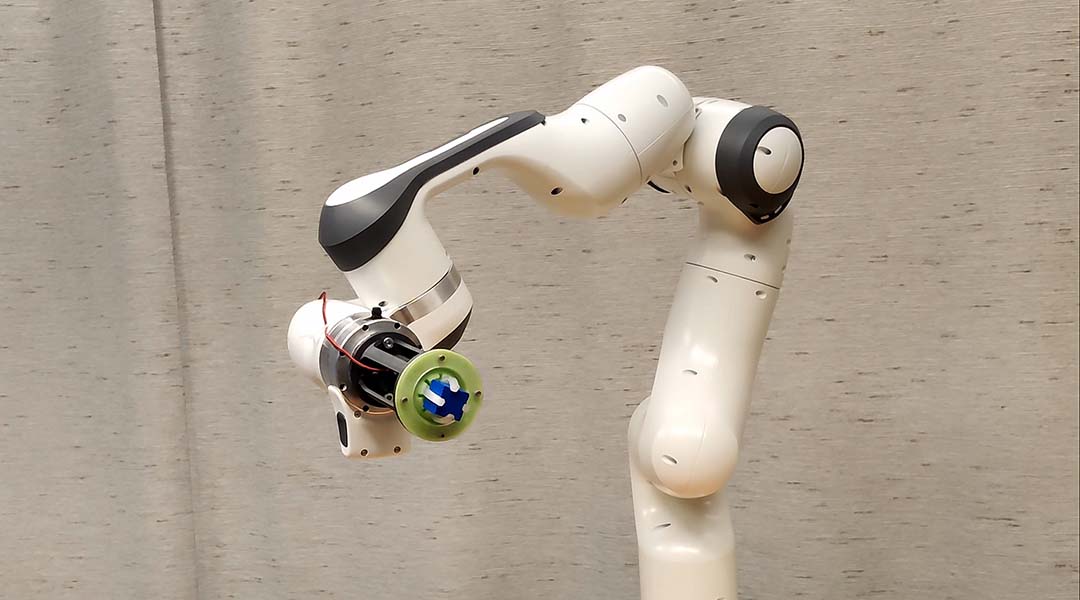
Snapping metacaps propel soft robot design
An innovative design allows for sensitive soft robots that can navigate difficult tasks and environments without bulky sensors.
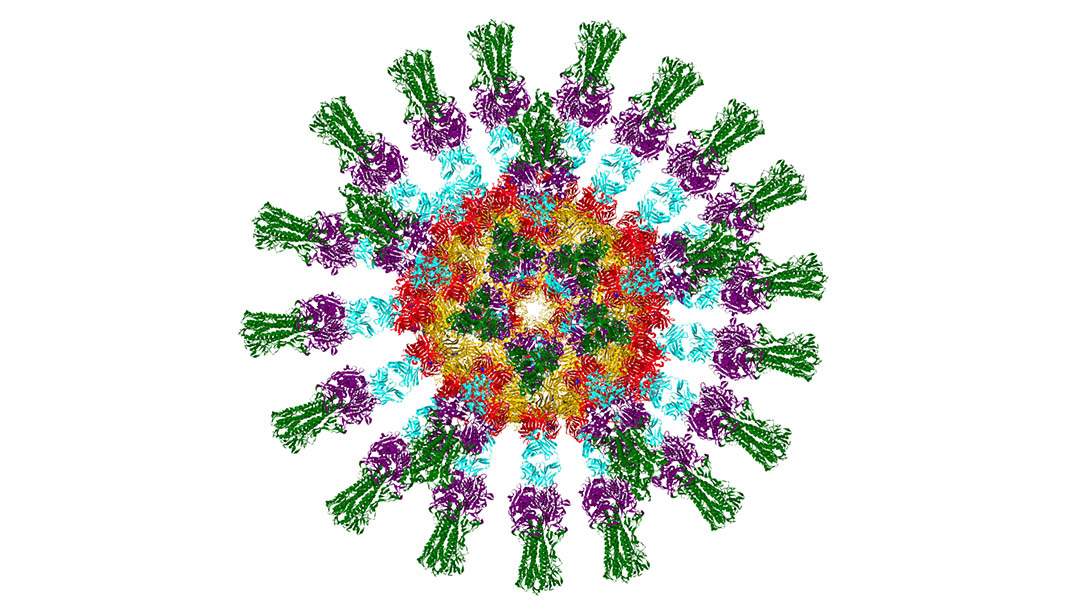
Influenza vaccine turns the virus on its head
To create a flu vaccine that doesn’t require annual tweaking, researchers develop a nanovaccine that uses an inverted hemagglutinin protein.
No Results Found
The page you requested could not be found. Try refining your search, or use the navigation above to locate the post.
No Results Found
The page you requested could not be found. Try refining your search, or use the navigation above to locate the post.
No Results Found
The page you requested could not be found. Try refining your search, or use the navigation above to locate the post.
No Results Found
The page you requested could not be found. Try refining your search, or use the navigation above to locate the post.
No Results Found
The page you requested could not be found. Try refining your search, or use the navigation above to locate the post.
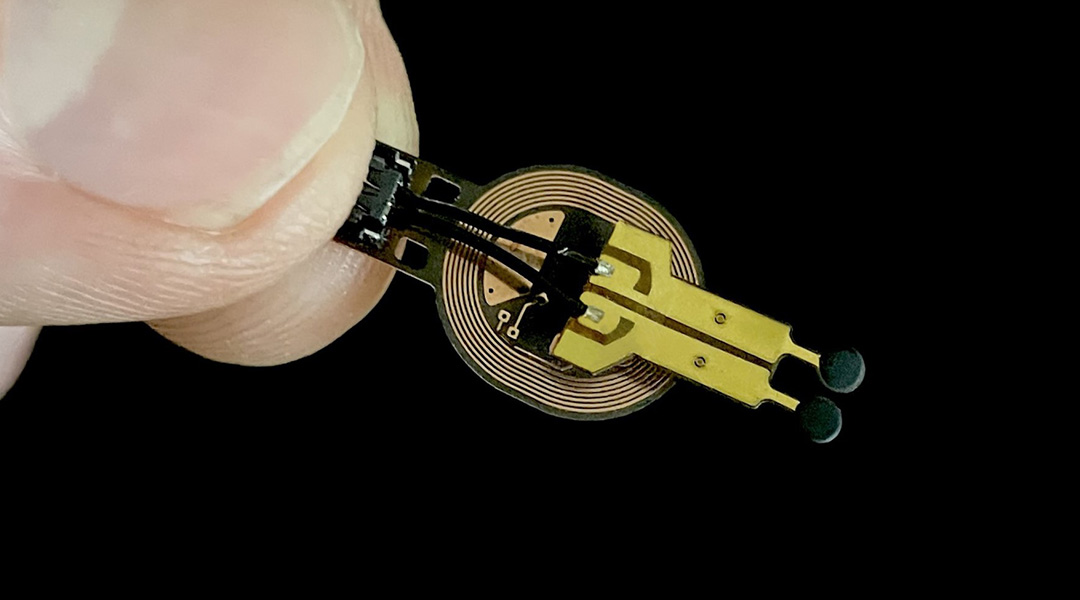
Predicting wound healing with a wound-integrated miniaturized sensor
Scientists develop a sensor that predicts wound healing rate with more than 70% accuracy.
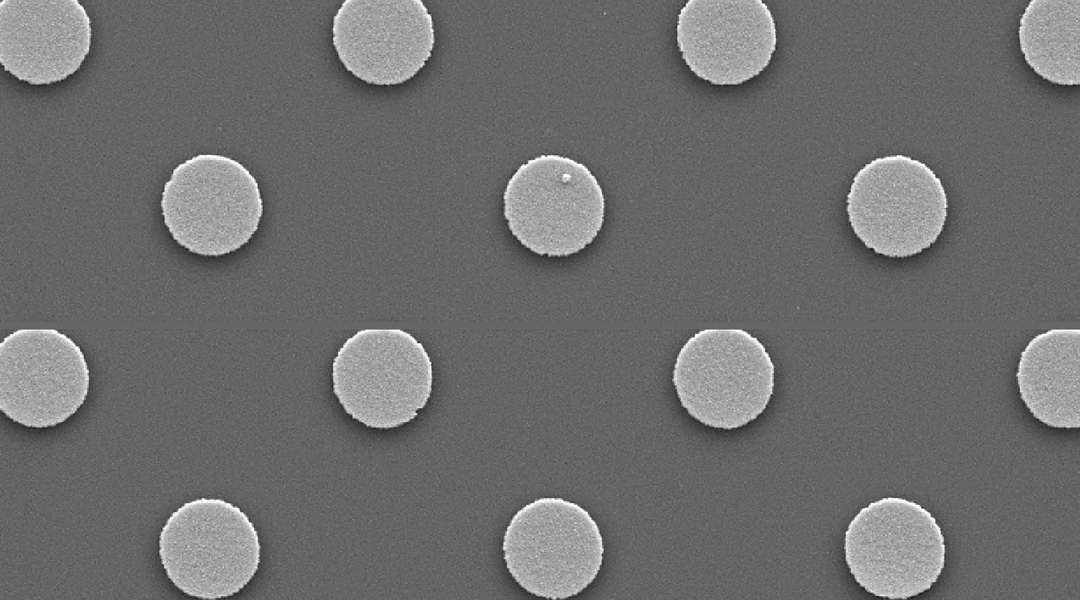
Artificial muscle noninvasively promotes insulin production
A membrane embedded with magnetic microdisks mechanically stimulates pancreatic cells to produce insulin, which could help treat diabetes.

Scientists test the link between tiny subconscious gestures and stress
Capable of measuring stress through micro gestures “EmoSense” could find its way to wearable electronics in the future.
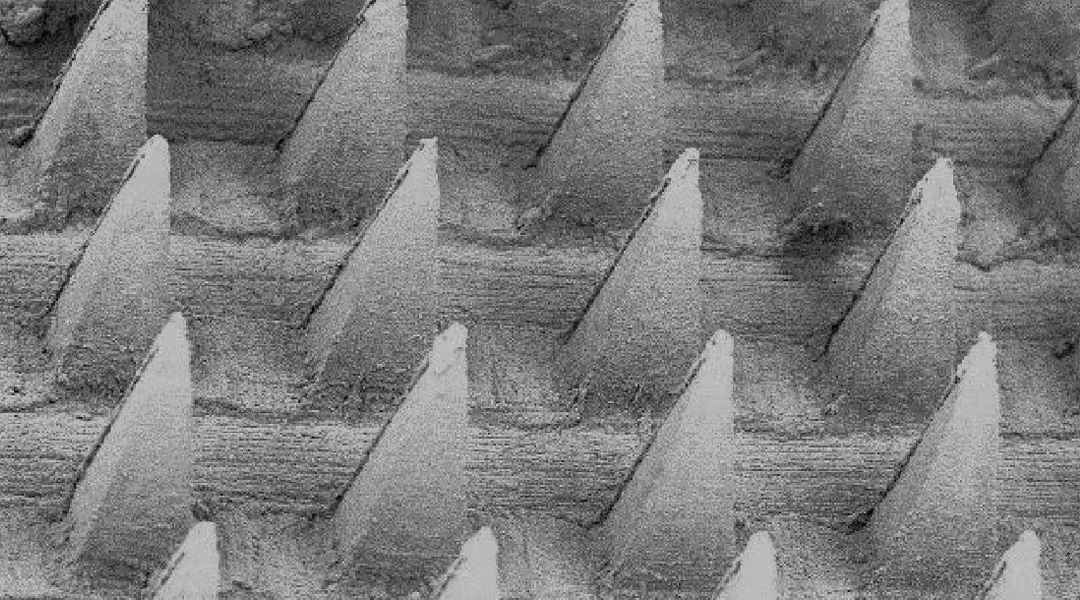
Making long-term microneedle therapies safer
Researchers demonstrate a technique for reliably coating microneedles with antibacterial agents

Low-cost contact lenses to tackle color blindness
Scientists used 3D printing and an inexpensive ink to make colored contact lenses that could improve color distinction in color-blind people.
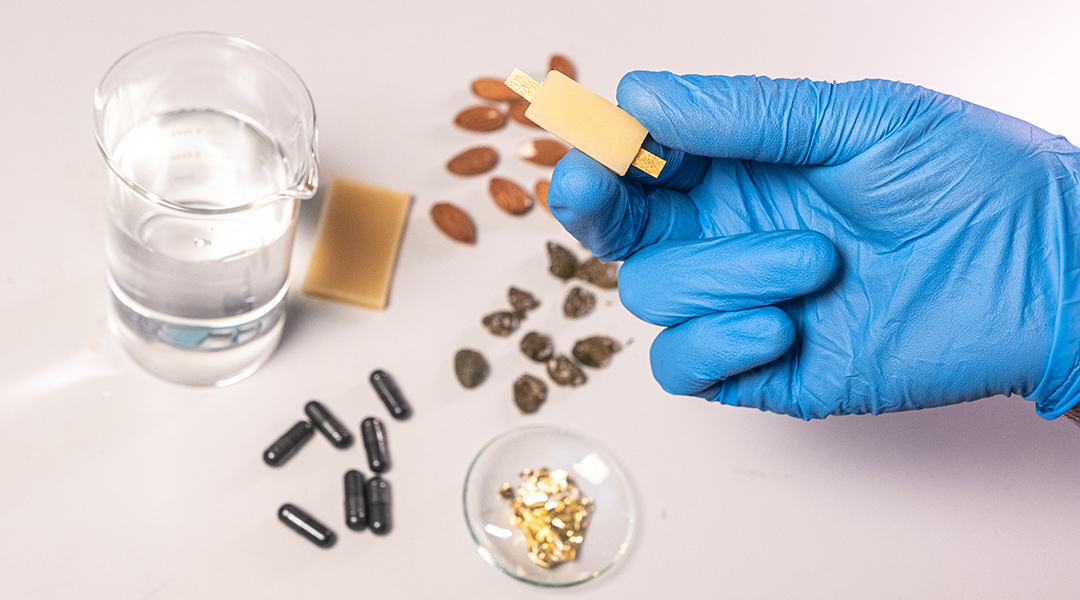
A battery made from food makes edible electronics palatable
An edible and rechargeable battery to power devices used for GI tract monitoring, therapeutics, and analyzing food quality.
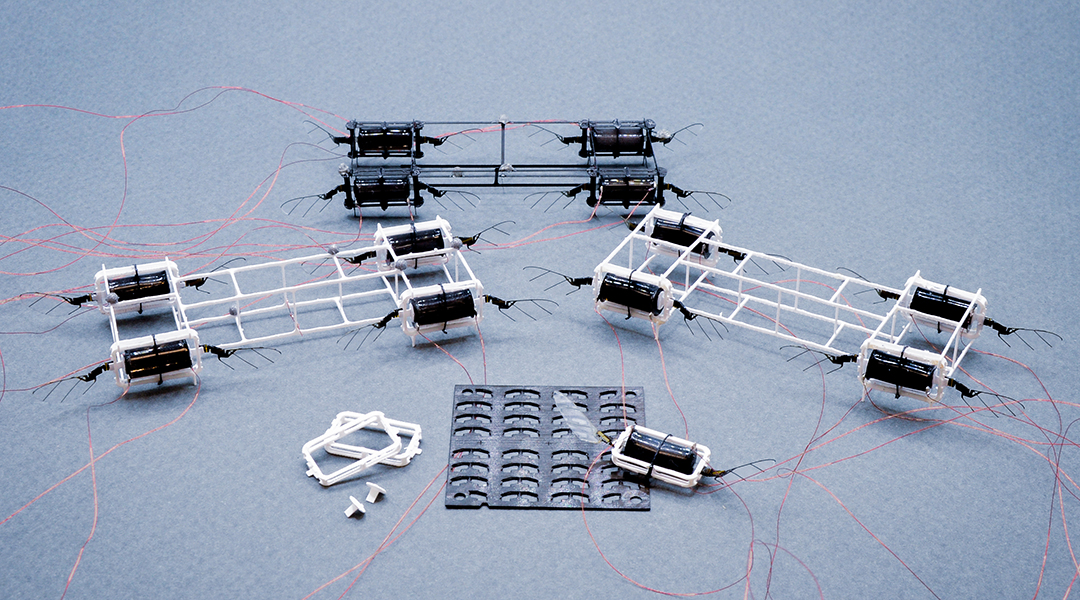
Robotic insects that fly in teams to lift objects
To make swarms of honeybee-sized robots, researchers propose new design and fabrication methods to cut down on time and resources.
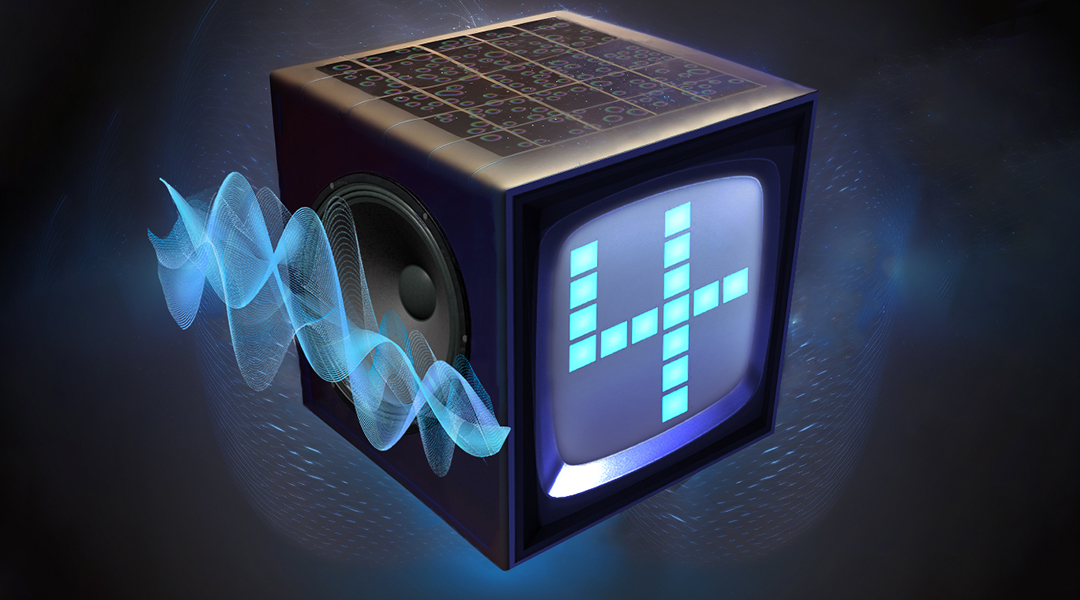
An inanimate material capable of voice recognition
A thin film composed of small magnetic whirls called skyrmions performs voice pattern recognition with an accuracy approaching 99%.
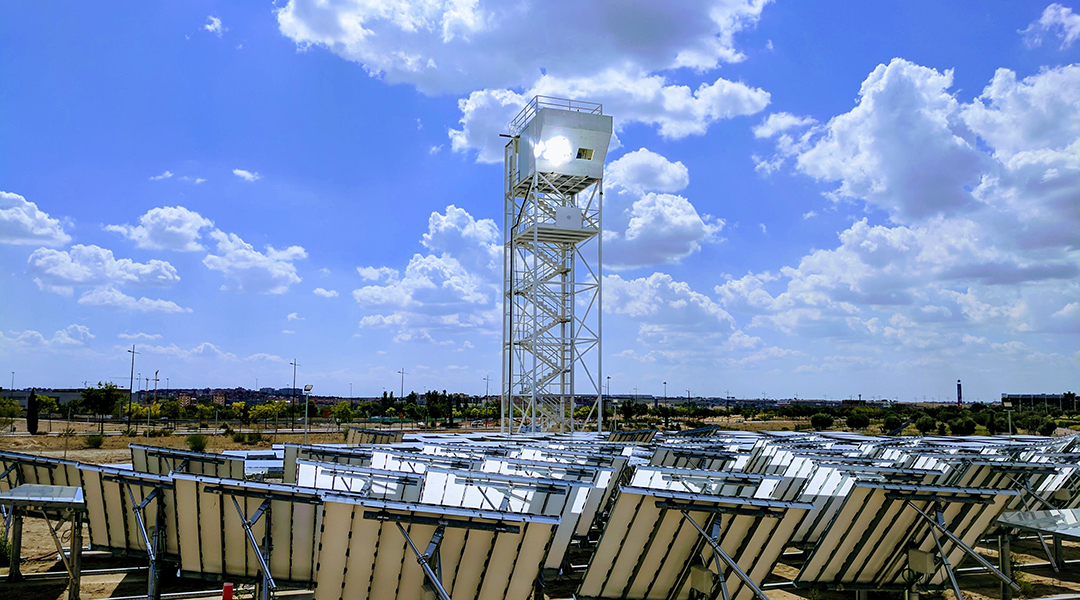
Solar kerosene: One giant leap for humankind
The production of kerosene directly from carbon dioxide and water promises to be a game-changer in the energy field.
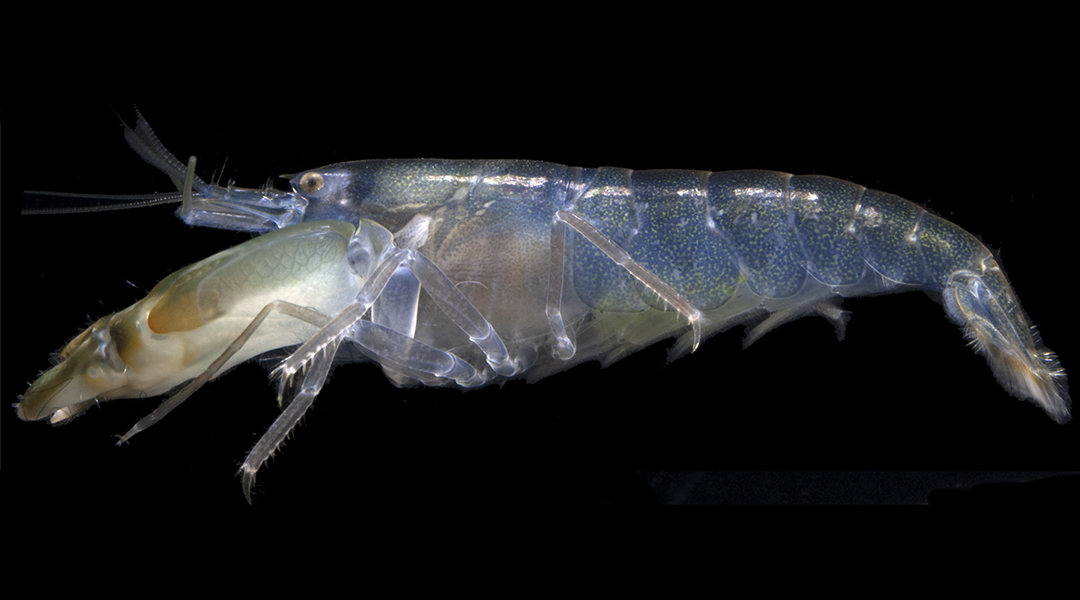
Helmet-like hood protects snapping shrimp from their own shock waves
A natural orbital hood found in snapping shrimp deflects energy from shock waves they produce to kill prey and fight for territory.

Facing the risks climate talks pose to meaningful change
For many, the Paris Agreement was a breakthrough, yet its focus on cooperation and joint action is not enough to tackle the climate crisis.

How do we take the methane out of natural gas?
An MOF filters methane, nitrogen, and carbon dioxide from natural gas with record-breaking selectivity under practical conditions.
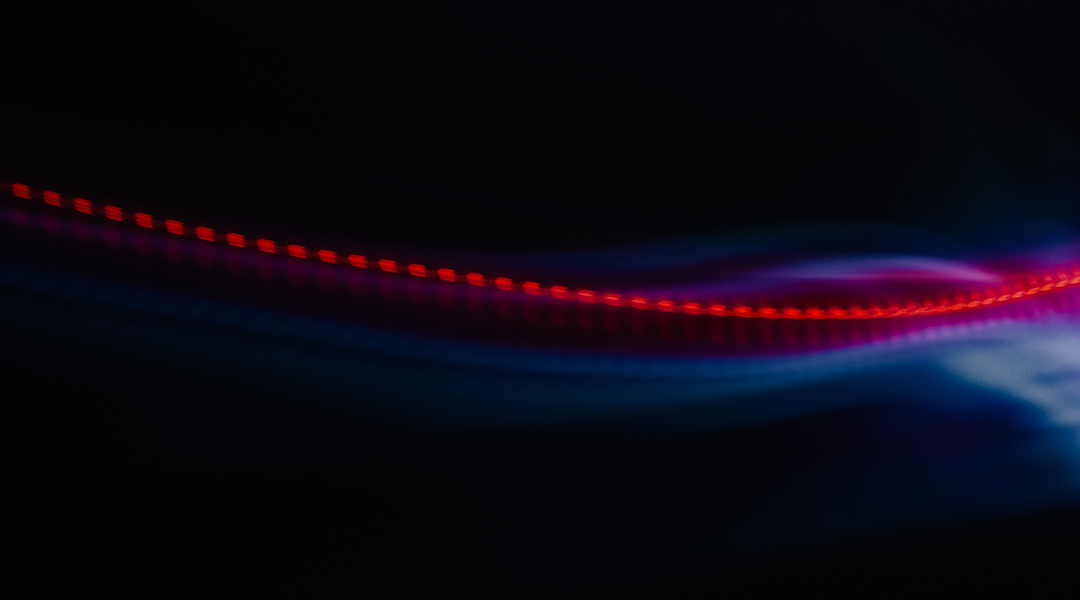
Automation enables modular synthesis of new molecules for lasers
An automated synthesis platform called Chemspeed reduces time and labor when searching for organic molecules as gain mediums in lasers.

JWST provides unprecedented look at exoplanet WASP-39b
New observations of WASP-39b with the JWST has provided the clearest, most detailed picture of an exoplanet to date.

Evolution of the Universe simulated in a lab
Using the motion of sound waves through a superfluid liquid, scientists can model the Universe’s evolution on a reasonable time scale.
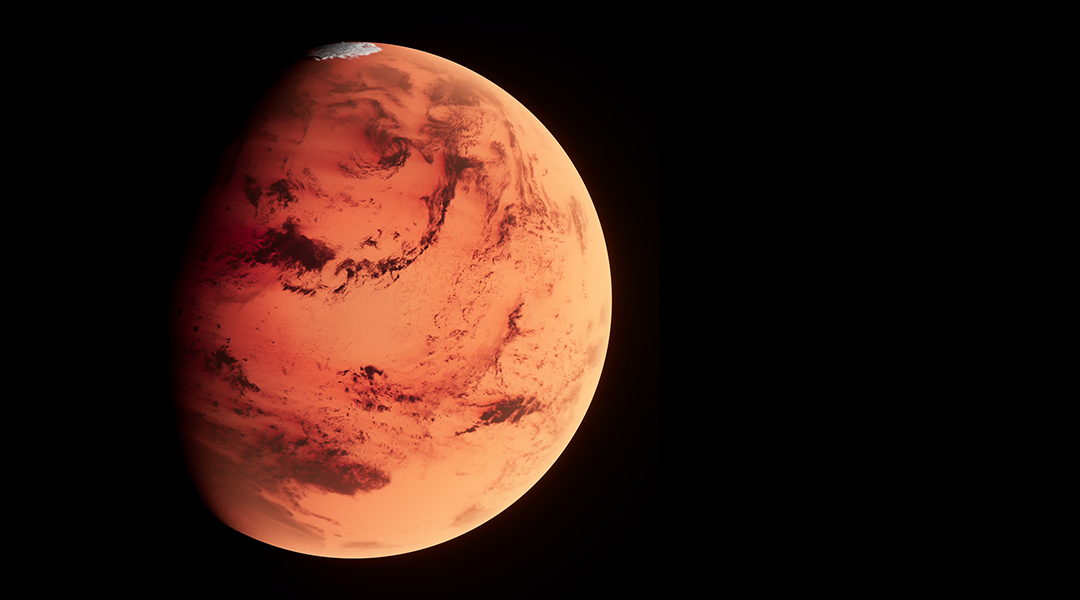
Massive shoreline hints at an ancient ocean on Mars
The 3.5-billion-year-old shoreline provides evidence of an ancient ocean in Mars’ northern hemisphere as well as sea-level rise.



